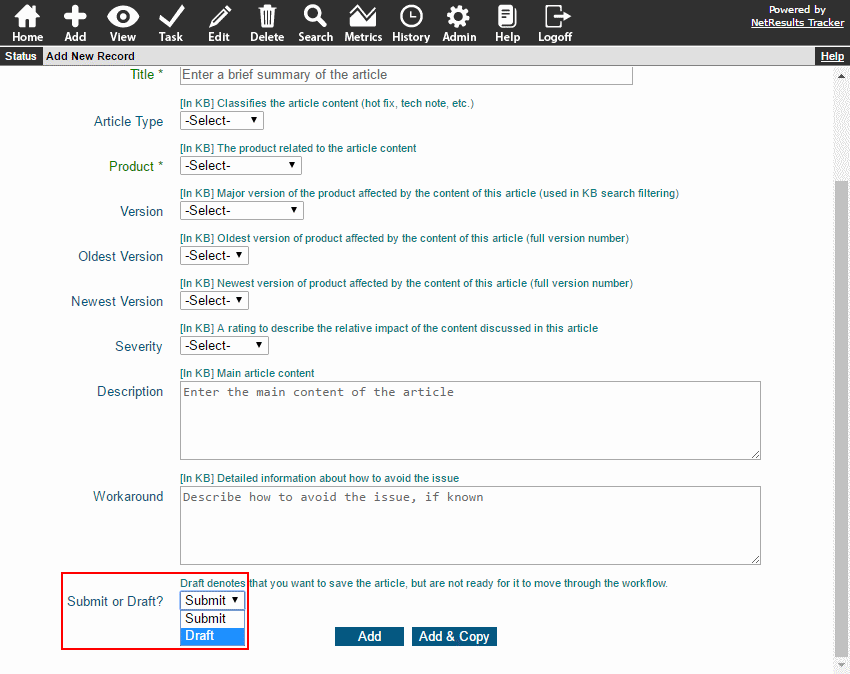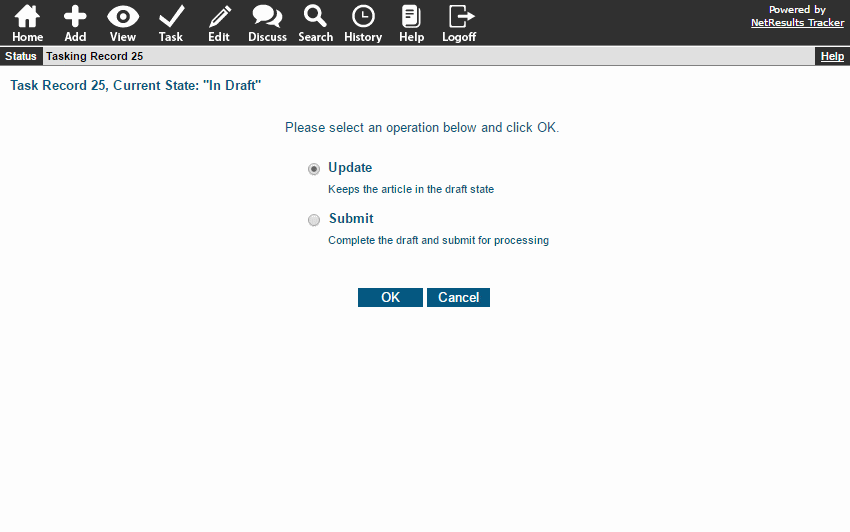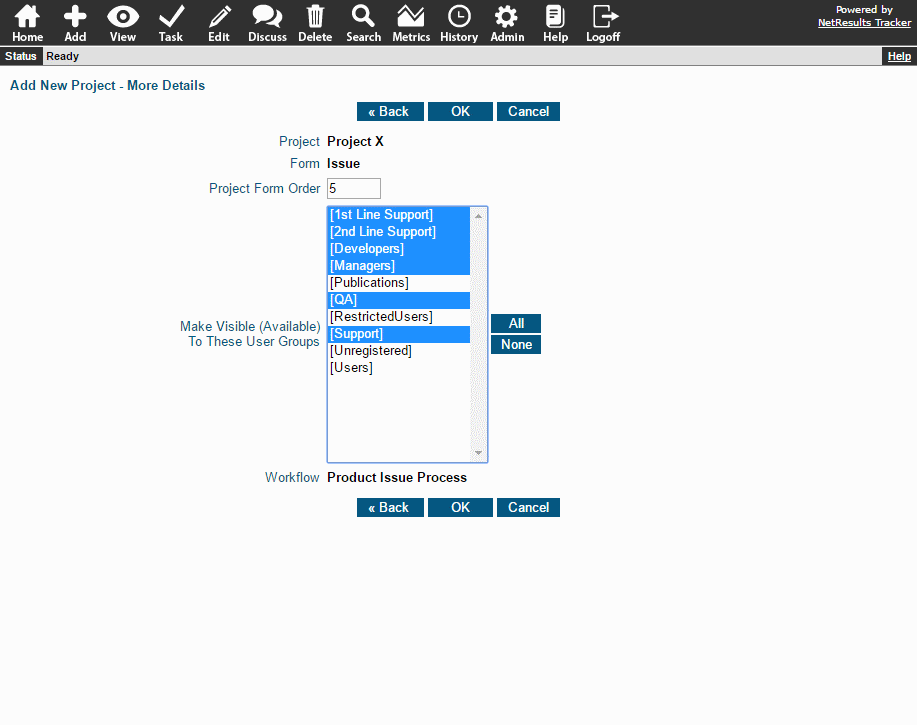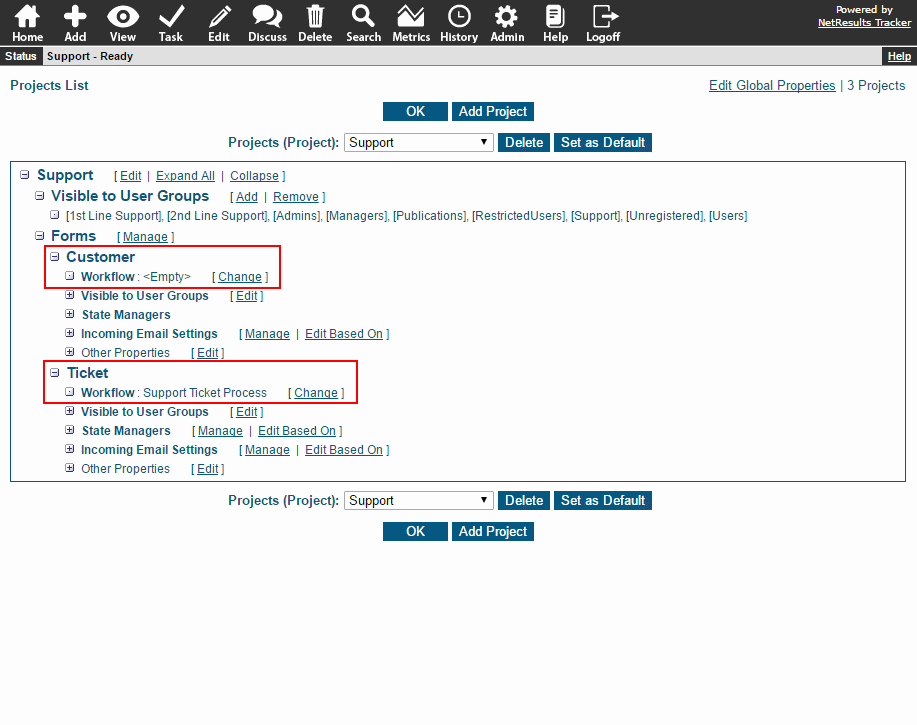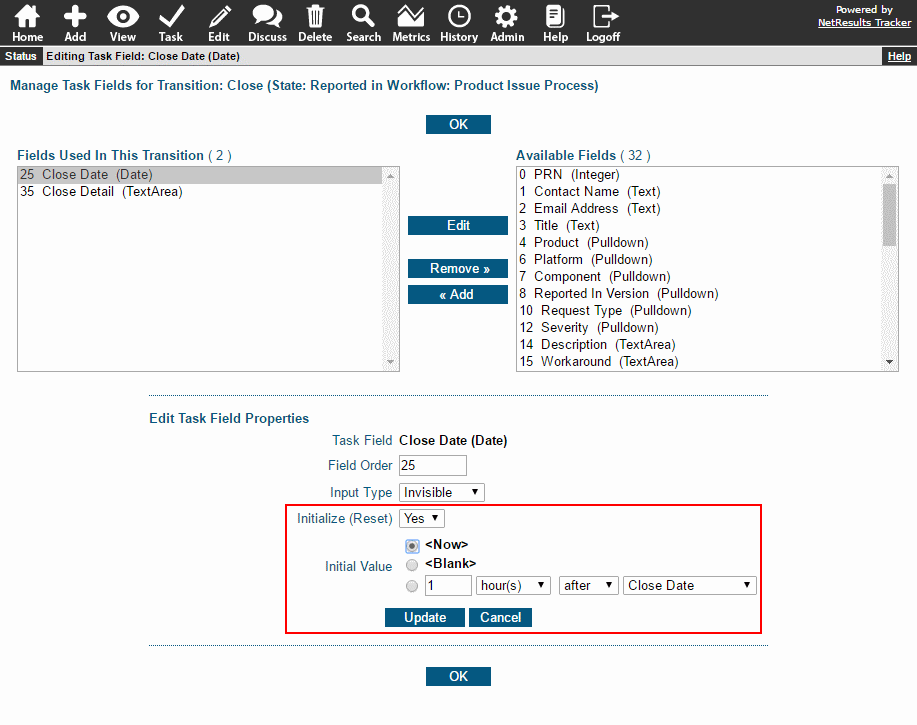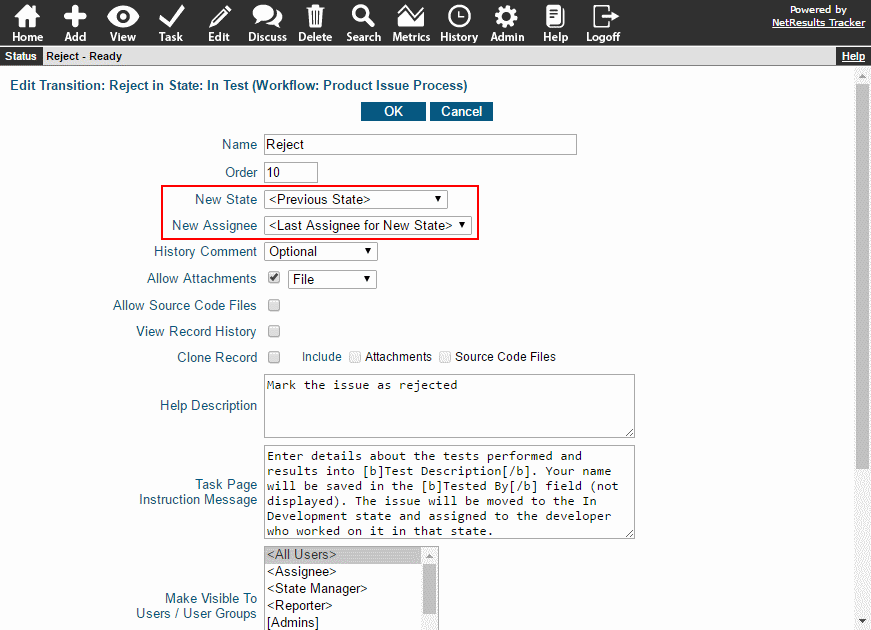You can have different starting points in a single workflow using the "Based on" property for the Default Add State.
The Default Add State is the state where newly added records will be routed by default.
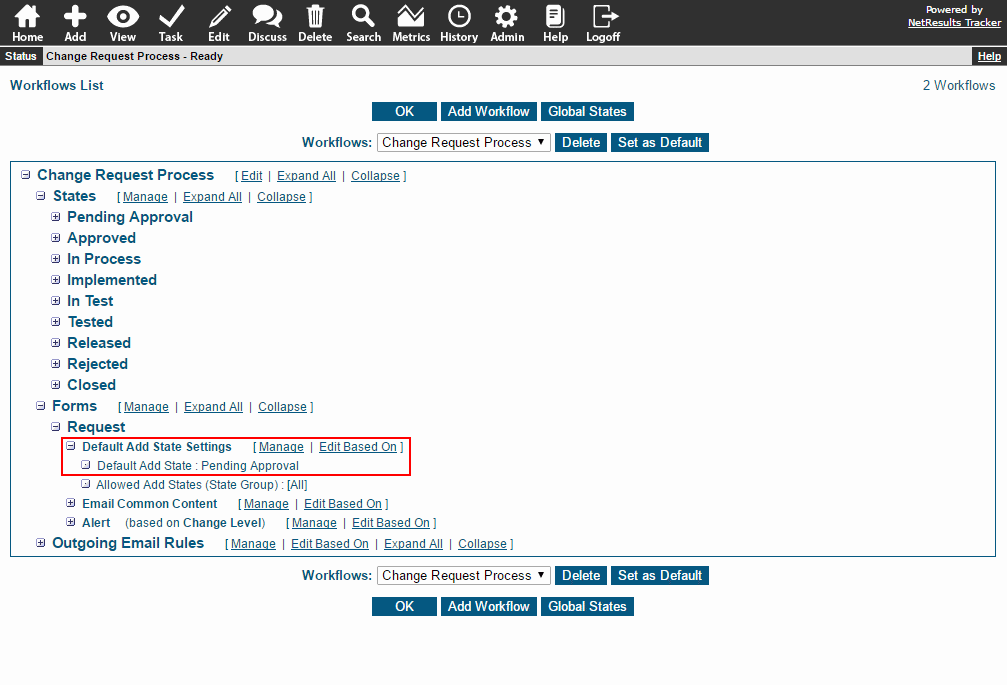
This option can be set to be based on a pulldown field such as Product, Priority or Request Type.
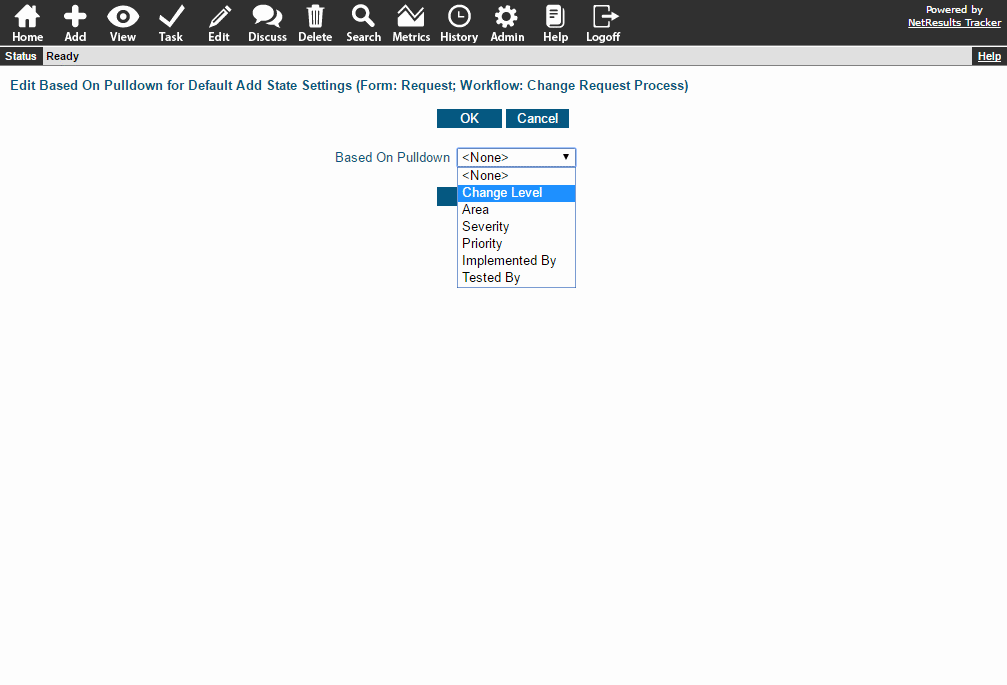
Example
In a change request request process where the workflow depends on the change level, "1 - Urgent" change requests go directly to Change Board review in a state called "Pending Approval". All other requests go to the "Reported" state to be reviewed by the Process Manager.
To configure the system for this scenario:
- The Based on option is set to "Change Level".
- The Default Add State for "1 - Urgent" is "Pending Approval".
- The Default Add State for all other levels is "Reported".
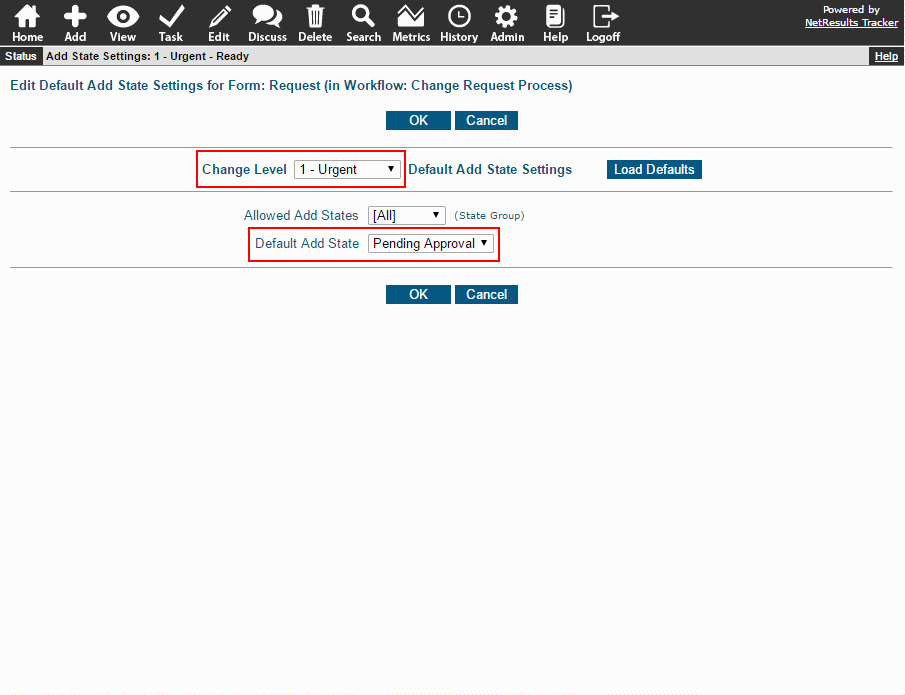
Instructions for setting this up can be found in this Knowledge Base article

